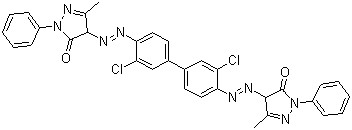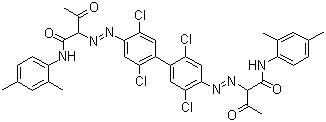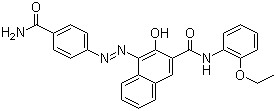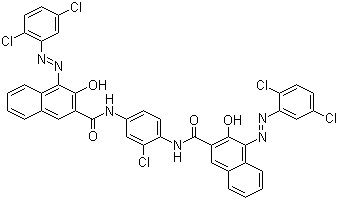Pigment Orange 13 CAS 3520-72-7
| Risk Codes | R20/21/22 – Harmful by inhalation, in contact with skin and if swallowed. R36/37/38 – Irritating to eyes, respiratory system and skin. |
| Safety Description | S26 – In case of contact with eyes, rinse immediately with plenty of water and seek medical advice. S36/37/39 – Wear suitable protective clothing, gloves and eye/face protection. |
| Toxicity | LD50 oral in rat: > 5gm/kg |
Introduction
Pigment Permanent Orange G(Pigment Permanent Orange G) is an organic pigment, also known as physically stable organic orange pigment. It is an orange pigment with good light and heat resistance properties.
Pigment Permanent Orange G is widely used in the fields of pigments, inks, plastics, rubber and coatings. In pigments, it is widely used in oil painting, watercolor painting and acrylic paint. In plastics and rubber, it is used as a toner. In addition, in coatings, the Pigment Permanent Orange G is commonly used in outdoor architectural coatings and vehicle painting.
The preparation method of Pigment Permanent Orange G is mainly realized by chemical synthesis. A common preparation method is the synthesis of oxa from diaminophenol and hydroquinone derivatives under appropriate reaction conditions.
Regarding security information, Pigment Permanent Orange G is generally considered to be relatively safe, some basic security measures should be followed when using it. Avoid inhaling particles, avoid contact with skin and eyes, and avoid ingestion. In case of discomfort or abnormality, discontinue use immediately and consult a doctor. When handling and storing Pigment Permanent Orange G, follow the relevant safety guidelines and avoid contact with incompatible substances.








